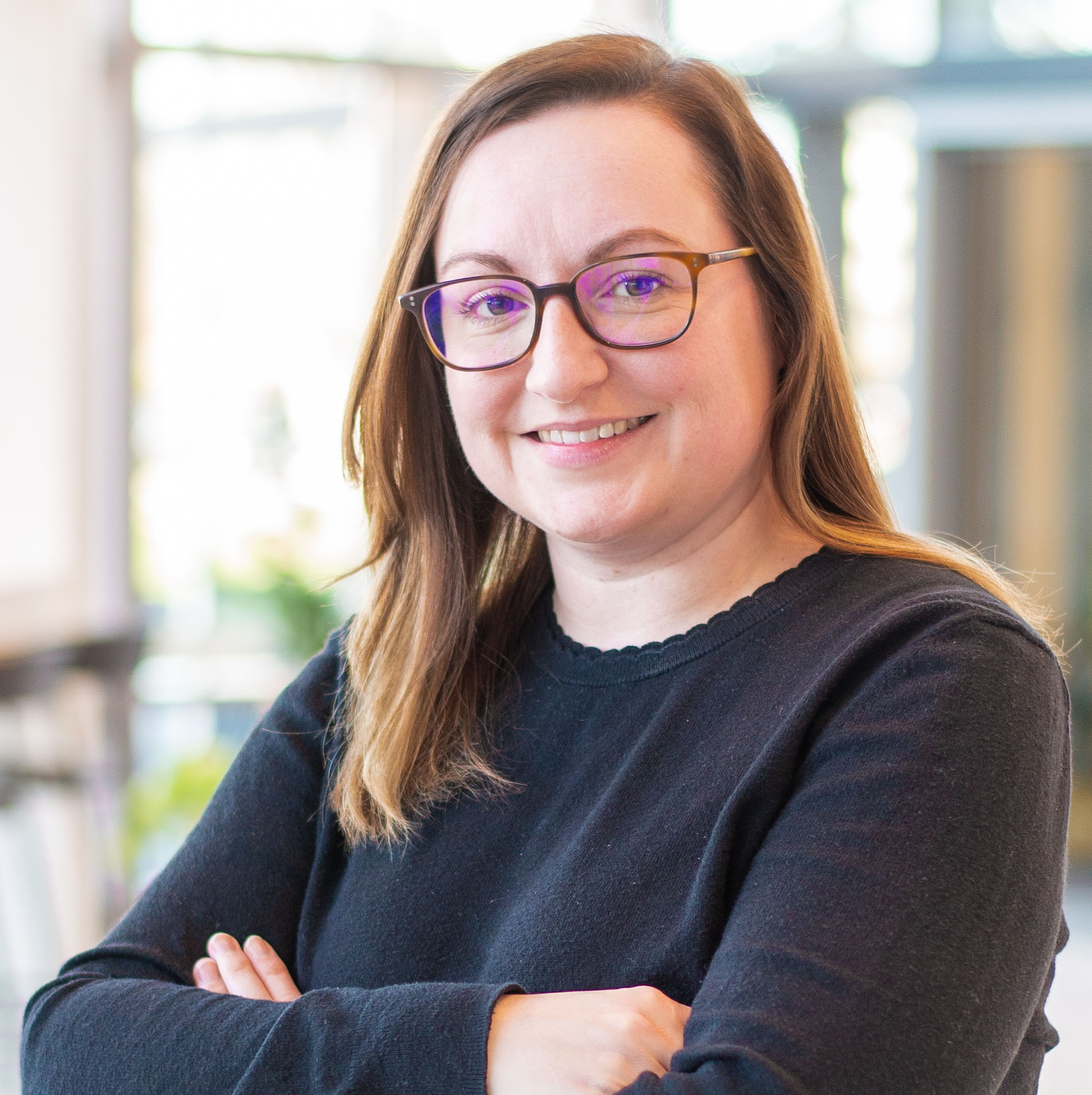
Kyle Driscoll measures for pipes in the utility room of the Touchstone Energy home he and classmates in the Four County Area Vocational Cooperative Construction Trades Program built in Noble County this past school year. Note the foam insulation tightly sealing the space between the wall and basement ceiling. Photo by Richard G. BieverKyle Driscoll is one graduating senior who’s not only thought a lot about his future, he’s actually felt it in the air and held it in his hands.
Kyle Driscoll is one graduating senior who’s not only thought a lot about his future, he’s actually felt it in the air and held it in his hands.
Driscoll helped construct an Indiana Touchstone Energy Home as part of his high school building trade class this past school year.
“It’s pretty exciting to know that I’m learning how to do what houses from here on out are pretty much going to be like,” he said last month as work neared completion on the house he and classmates built in rural Noble County. The Central Noble High School senior was a member of two teams of 30 students from the Four County Area Vocational Cooperative Construction Trades Program in northeastern Indiana.
The Touchstone Energy Home Program, developed and promoted by Indiana’s electric cooperatives, uses innovative technologies, materials and techniques to build air-tight, well-insulated, energy-efficient, high-performance all-electric homes. When completed, the homes offer the homeowner comfort and big savings each month on energy bills that houses built to code using conventional materials and traditional techniques cannot match.
“This is the future,” said Chris Weber, the Four County instructor. “We’re teaching entry level skills in new technologies that a lot of the local contractors are not using.”
This includes such things as structural insulating panels and insulating concrete forms.
“That’s really what it’s all about for our students … to not only learn the skills, but to learn the cutting edge skills,” added Shawn Hoover, Four County’s assistant director.
Around the state, electric co-ops are partnering not only with local contractors in building the energy-saving homes for REMC consumers, but are also working with high schools in their service areas learning the trade.
“They have been terrific to work with,” said John English, manager of corporate relations at Noble REMC, which has worked with Four County the past three years. “They see this as an opportunity to train young men and young women in the latest energy-efficient building techniques; to learn about geothermal, doors, windows, Energy Star appliances.”
Kankakee Valley REMC also is in its third year working with building trades classes on Touchstone Energy homes in northwestern Indiana. “With so many recent cut backs on various programs offered at schools, Kankakee Valley REMC decided to finance each of the builds,” noted Amanda Leek-Steeb, marketing and communications manager. “Then when the house sells, the school pays back the REMC the money it used to build the house, and it keeps anything over that to continue to fund the program.”
The relationship between the REMCs and the schools, though, is mutually beneficial, noted Stephanie Johnson, member services manager at Jasper County REMC in Rensselaer. “There are many reasons the REMC sponsors Kankakee Valley High School Building Trades program,” she said. “We want energy-efficient homes built on our lines; we want the students who might be building homes on our lines some day to build energy-efficient homes; we want to use the homes as real-life examples of how beautiful an energy-efficient home can be through the open house.”
A few years ago, the students built a cross-section of a wall using Touchstone Energy home standards for Jasper County REMC’s annual meeting. This helped members see up close and in person the construction techniques, materials and insulation. It also showed them how air penetrations are sealed.
The home in Noble County was built for consumers who went to the Four County open house at the completion of last year’s home. They were impressed with the quality and the energy features.
“These houses are going to impact everybody that’s affiliated with REMC if there’s enough of them in that community,” noted Weber. “If we can reduce [energy] consumption, it’s going to reduce the need for more infrastructure to supply that power.”
Weber said the students became keenly aware of what the foam insulation, tight caulking and the better building materials can do when temperatures dropped in January. Students were comfortable working in the shell of the home, especially its walk-out basement, heated with just two portable heaters.
“If we get enough students that see that potential, they’re going to put that into practice when they go into the industry,” Weber said.
“The advantage to our students is they’ve not only learned it, they’ve lived it,” Hoover said. “So even if they’re working for a traditional builder who’s not using these technologies, they know more than what the text book told them. They know how it works, they know the efficiency of it. They know what it feels like. They know what it takes to use them. So they can share that first-hand knowledge. It’s not some 18-year-old who just finished a class and got it out of a book. They did it.”
Up the road from Noble County, LaGrange County REMC is seeing its first Touchstone Energy Home on its system being built by the Prairie Heights High School Building Trades Class.

Prairie Heights High School building trades students, Clint High, from left, Derek Young and Chuck Garrison, prepare a final section of railing for a deck on the lakefront Touchstone Energy Home their class built in LaGrange County.
Mike Holden has been teaching building trades for 19 years. Building the first Touchstone Energy home with the students was a learning experience for him as well. He, too, was impressed with the materials.
“It was definitely different. I learned a lot of things,” Holden said. “It is tremendous to build something like this and be part of it. It’s going to help everybody. This is what people are going to start looking for the way the economy is now. And you know your energy is going to go up.”
Kyle Driscoll is planning to study construction management after high school, beginning at Ivy Tech where he’s already earned credits through his Four County trades program.
“Whether I’m telling people what to do, or whether I’m doing what someone tells me to do, I’d like to be involved in building houses,” he said.
Driscoll lives just a few miles from the Touchstone Energy home he helped build this past year. It’s a home he’s proud to have been a part of. “I plan to live in a house that I build myself, maybe not right out of high school or anything, but eventually I’d like to live and retire in a house I built … hopefully just like the one we built. That’s a nice house.”
He said he likes making nice things with his hands, and the idea that what he’s made is going to last far into the future. “Later on, when I’ve got kids,” he said, “I’ll show them that house and say, ‘Hey, I helped build that house when I was 18 years old. Here it is.’”— by Richard G. Biever



